5mm Light Dependent Resistor (LDR) Sensor
A 5mm light dependent resistor (LDR) is a type of photoresistor that is 5mm in diameter. LDRs are resistors whose resistance changes with the amount of light that falls on them. They are made of a semiconductor material, such as cadmium sulfide (CdS), that absorbs photons of light.
₨ 10.00
A 5mm light dependent resistor (LDR) is a type of photoresistor that is 5mm in diameter. LDRs are resistors whose resistance changes with the amount of light that falls on them. They are made of a semiconductor material, such as cadmium sulfide (CdS), that absorbs photons of light. When photons are absorbed, they create electron-hole pairs, which increase the conductivity of the material. This means that the resistance of the LDR decreases as the amount of light that falls on it increases.
A 5mm LDR with 2 pins is a type of photoresistor that is 5mm in diameter and has 2 pins. It is a resistor whose resistance changes with the amount of light that falls on it. The input voltage of a 5mm light dependent resistor (LDR) can vary depending on the specific LDR and the application. However, most LDRs can withstand input voltages of up to 5V.
When an LDR is connected to a voltage source, the current through the LDR will be proportional to the amount of light that falls on the LDR. In bright light, the resistance of the LDR will be low, and the current will be high. In dark light, the resistance of the LDR will be high, and the current will be low.
The two pins of a 5mm LDR are typically labeled as A and K. The A pin is the anode, and the K pin is the cathode. The anode is the positive terminal of the LDR, and the cathode is the negative terminal. 5mm LDRs with 2 pins are a versatile and inexpensive way to detect light. They are easy to use and can be used in a variety of applications.
Features : –
It is important to note that the input voltage of an LDR should not exceed the maximum voltage rating of the LDR. If the input voltage exceeds the maximum voltage rating, the LDR can damage.
Here are some of the benefits of using a 5mm LDR with 2 pins:
- Inexpensive: 5mm LDRs with 2 pins are relatively inexpensive, making them a cost-effective option for many applications.
- Easy to use: 5mm LDRs with 2 pins are easy to use and can connect to a variety of electronic circuits.
- Versatile: 5mm LDRs with 2 pins can use in a variety of applications, including automatic light switches, security systems, and lux meters.
- Reliable: 5mm LDRs with 2 pins are reliable and can withstand a wide range of environmental conditions.
- Sensitive to temperature: The resistance of a 5mm LDR with 2 pins can affect by temperature, so it is important to take this into account when using it in applications where temperature is a factor.
- Sensitive to light wavelength: The resistance of a 5mm LDR with 2 pins can also affected by the wavelength of light that falls on it, so it is important to choose an LDR that is sensitive to the wavelength of light that you are interested in measuring.
5mm Light Dependent Resistor Specifications : –
Overall, 5mm LDRs with 2 pins are a versatile and reliable way to detect light. They are a cost-effective option for many applications, and they are easy to use. However, it is important to be aware of the limitations of 5mm LDRs with 2 pins, such as their sensitivity to temperature and wavelength of light.
Here are some of the specifications of a 5mm LDR with 2 pins:
- Diameter: 5mm
- Pins: 2
- Mounting: Through hole
- Typical resistance in dark: 1-20M ohm
- Typical resistance in bright light: 5-10k ohm
- Spectral response: Peaks in the visible light spectrum, with a peak sensitivity at around 550nm
- Temperature coefficient: Resistance decreases with increasing temperature
- Voltage rating: 5V
- Power rating: 250mW
- Operating temperature: -60°C to +80°C
5mm Light Dependent Resistor Applications : –
The resistance of an LDR can affected by temperature and the resistance of an LDR will typically decrease with increasing temperature. The resistance of an LDR can also be affected by the wavelength of light that falls on it. Resistance of an LDR will typically be higher for shorter wavelengths of light (blue light) than for longer wavelengths of light (red light).
5mm LDRs are a versatile and inexpensive way to detect light. They are easy to use and can use in a variety of applications.
Here are some of the specifications of a 5mm LDR:
- Resistance: The resistance of a 5mm LDR typically ranges from a few kilohms in bright light to a few megohms in dark light.
- Spectral response: The spectral response of a 5mm LDR peaks in the visible light spectrum, with a peak sensitivity at around 550nm.
- Temperature coefficient: The resistance of a 5mm LDR typically decreases with increasing temperature.
- Automatic light switches: LDRs with 2 pins can use to control the on/off state of lights based on the amount of light in the environment. For example, an LDR with 2 pins could use to turn on a light at dusk and turn it off at dawn.
- Security systems: LDRs with 2 pins can use in security systems to detect motion. For example, an LDR with 2 pins could use to trigger an alarm if someone enters a room that is suppose to empty.
- Lux meters: Lux meters are used to measure the amount of light in an environment. LDRs with 2 pins can use to make lux meters by measuring the resistance of the LDR with 2 pins and converting it to a lux value.
Package : –
1 x 5mm Light Dependent Resistor
More Products at majju.pk
User Reviews
Be the first to review “5mm Light Dependent Resistor (LDR) Sensor”
You must be logged in to post a review.
Vendor Information
- Store Name: sherjaan
- Vendor: sherjaan
- Address:
- 5.00 rating from 6 reviews
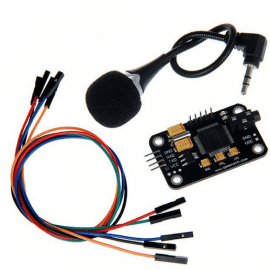

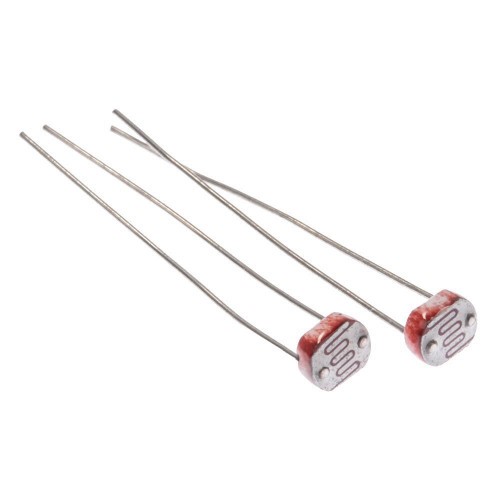
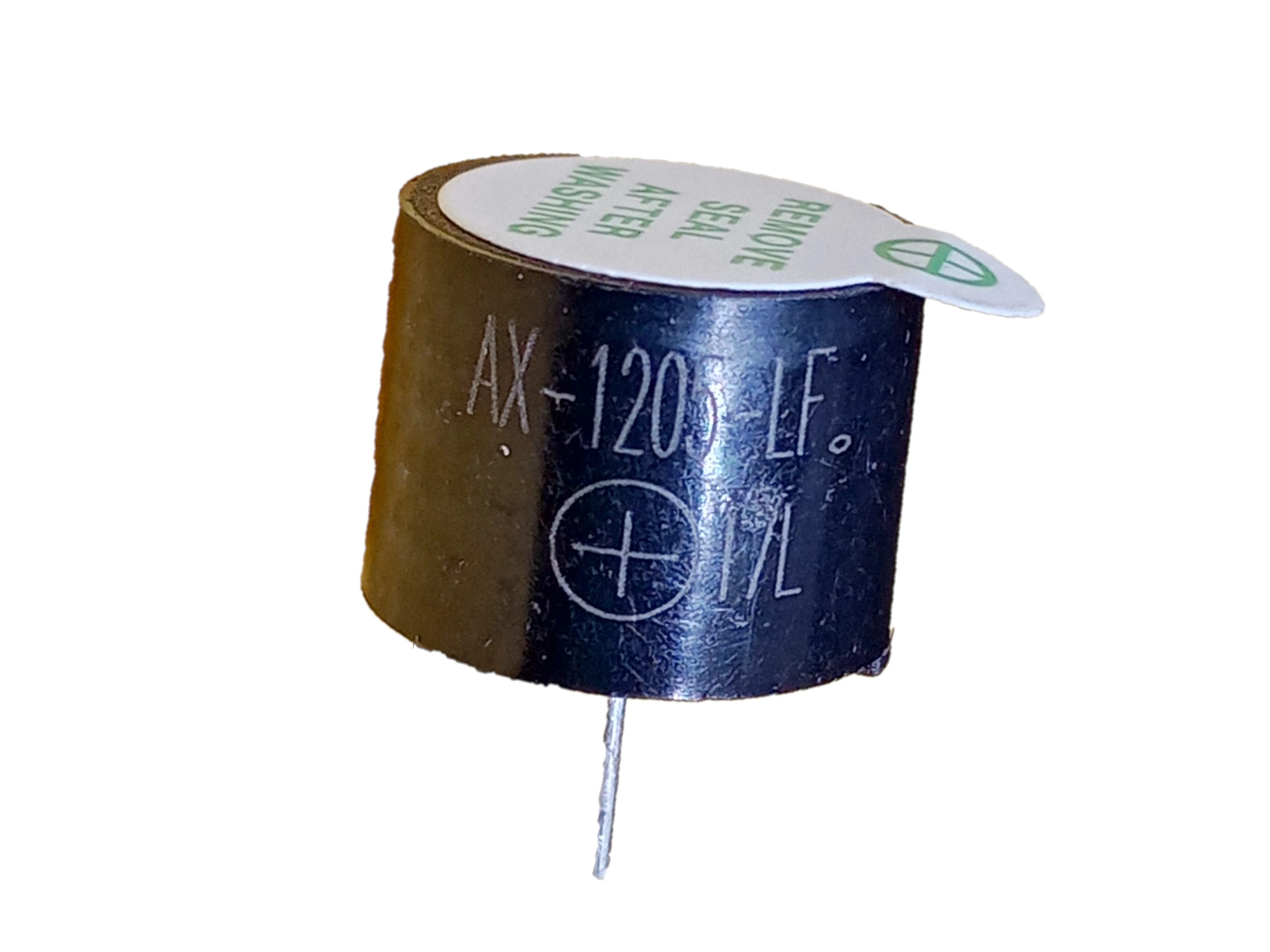
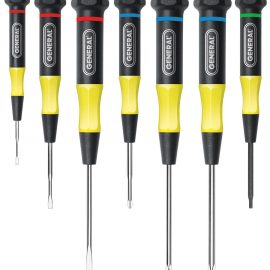
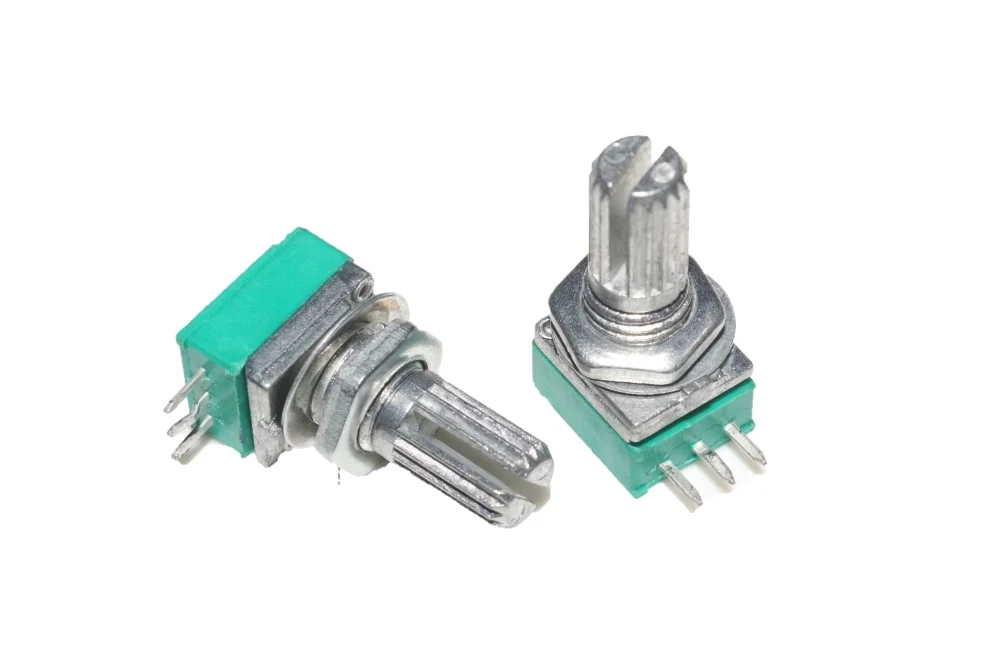
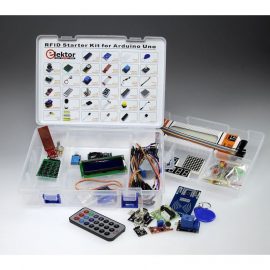
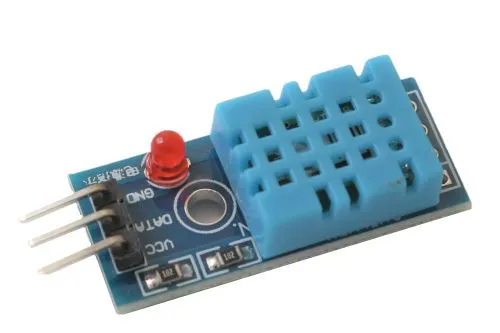
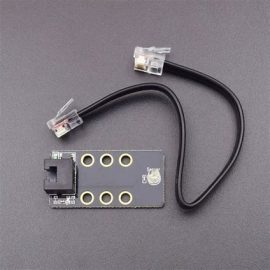
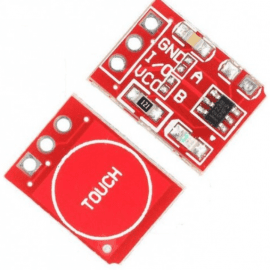
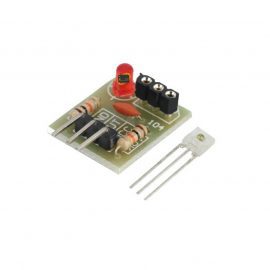
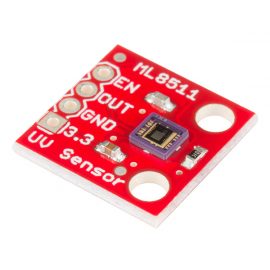
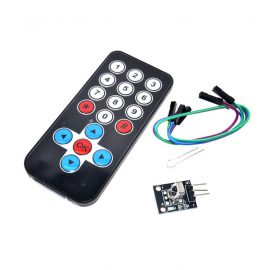
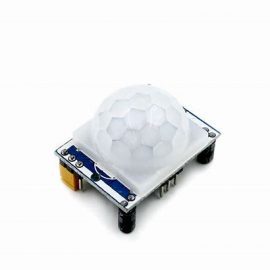


There are no reviews yet.